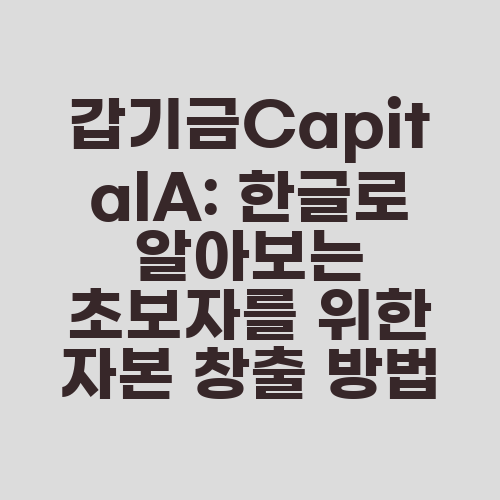환율 제도의 변동성과 경제 관리

Attractive Benefits of the “관리변동환율제도” for Efficient Financial Management in Korea
- The Basics of “관리변동환율제도”
- Advantages of “관리변동환율제도” for Economic Stability
- How “관리변동환율제도” Affects International Trade
Managing the nation’s economy requires effective financial tools, and the “관리변동환율제도” has emerged as a reliable method employed by the Korean government. This system entails a managed floating exchange rate, meaning that the value of the Korean currency is allowed to fluctuate within a certain range determined by the central bank. Let’s delve deeper into the insights of this system and understand its benefits.
The Basics of “관리변동환율제도”
Under the “관리변동환율제도,” the central bank of Korea manages the value of the Korean currency by actively buying or selling foreign currencies. This management aims to strike a balance between stability and flexibility. The exchange rate is allowed to fluctuate within a certain range, which enables the currency to respond to market conditions while preventing extreme volatility.
Advantages of “관리변동환율제도” for Economic Stability
The “관리변동환율제도” offers several benefits for maintaining economic stability in Korea. One of the key advantages is that it allows the government to intervene in the foreign exchange market to counteract any excessive movements in the exchange rate. This intervention ensures that sudden currency fluctuations do not disrupt the overall economy and affect trade relationships with other countries.
How “관리변동환율제도” Affects International Trade
The “관리변동환율제도” plays a crucial role in influencing international trade. When the Korean currency depreciates, Korean exports become more competitive in international markets, as they become relatively cheaper for foreign buyers. Conversely, when the Korean currency appreciates, imports become more affordable for Korean consumers. This balanced approach allows Korea to maintain a healthy trade relationship with other countries.
The Role of “관리변동환율제도” in Managing Inflation
“관리변동환율제도” holds a valuable role in managing inflation within the Korean economy. The floating exchange rate allows the currency’s value to adjust in response to changing market conditions. If inflation emerges as a concern, the central bank can take measures to control it by adjusting the exchange rate. This mechanism helps maintain price stability and safeguards the economy against the detrimental effects of rapid inflation.
To learn more about the “관리변동환율제도” and its impact on Korea’s economic landscape, you can visit the official website of the Bank of Korea, which provides detailed information on monetary policy and exchange rate management. Visit their website at www.bok.or.kr.
Q: How does “관리변동환율제도” promote economic stability in Korea?
A: “관리변동환율제도” allows the government to intervene in the foreign exchange market, preventing excessive currency fluctuations and maintaining stability.
Q: What impact does “관리변동환율제도” have on international trade?
A: The fluctuation of the Korean currency under “관리변동환율제도” affects export competitiveness and import affordability, ensuring balanced trade relationships.
Q: How does “관리변동환율제도” contribute to managing inflation?
A: By adjusting the exchange rate, “관리변동환율제도” helps control inflation and maintains price stability within the Korean economy.





